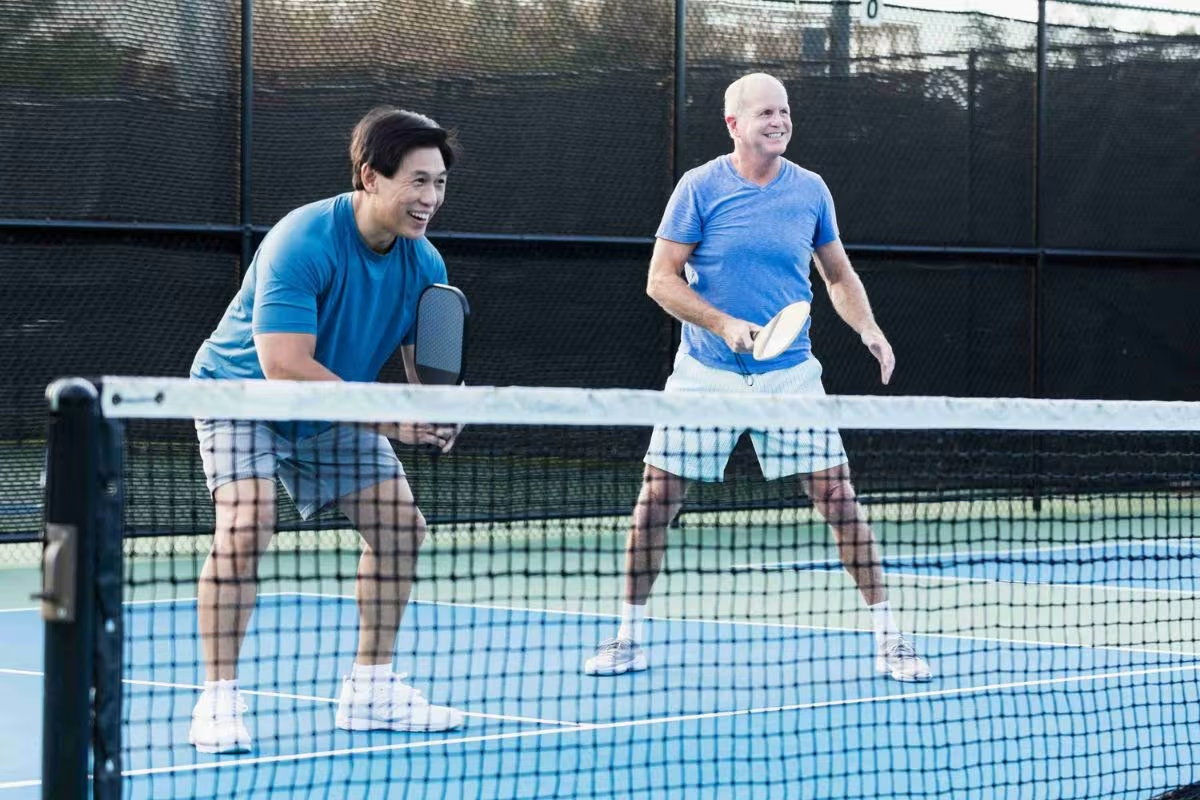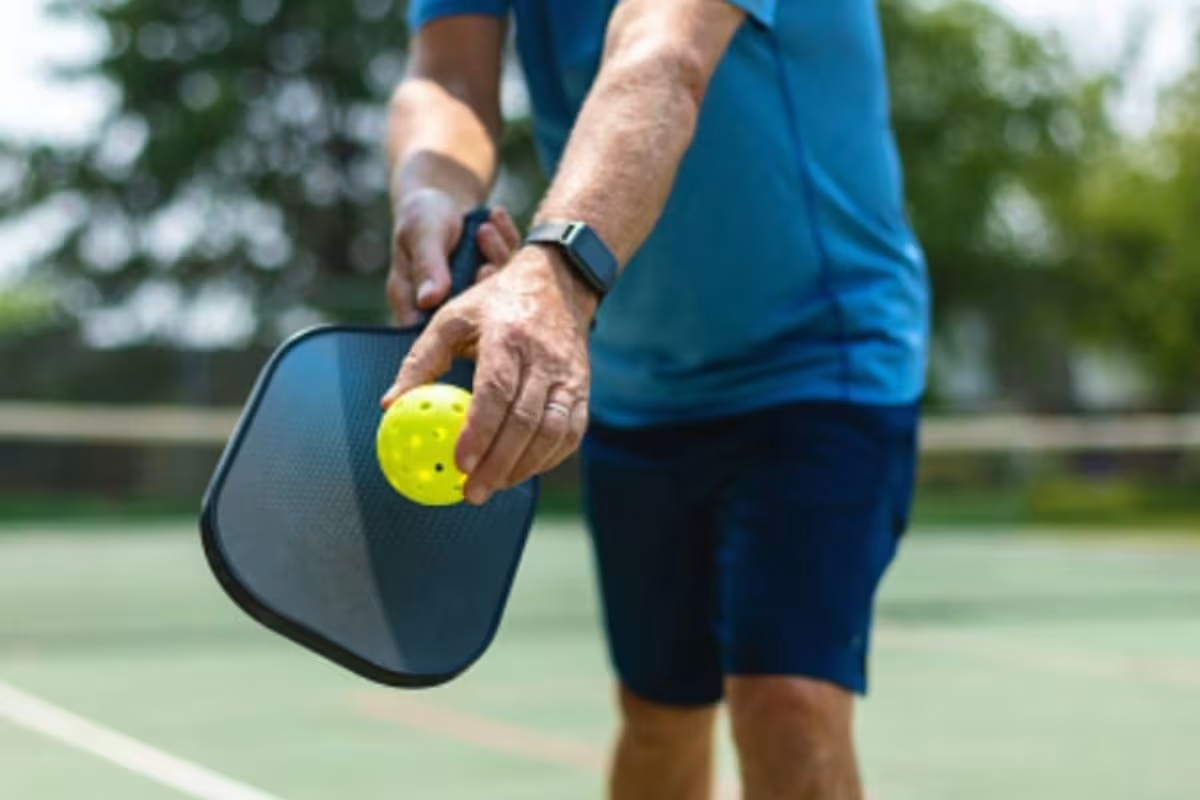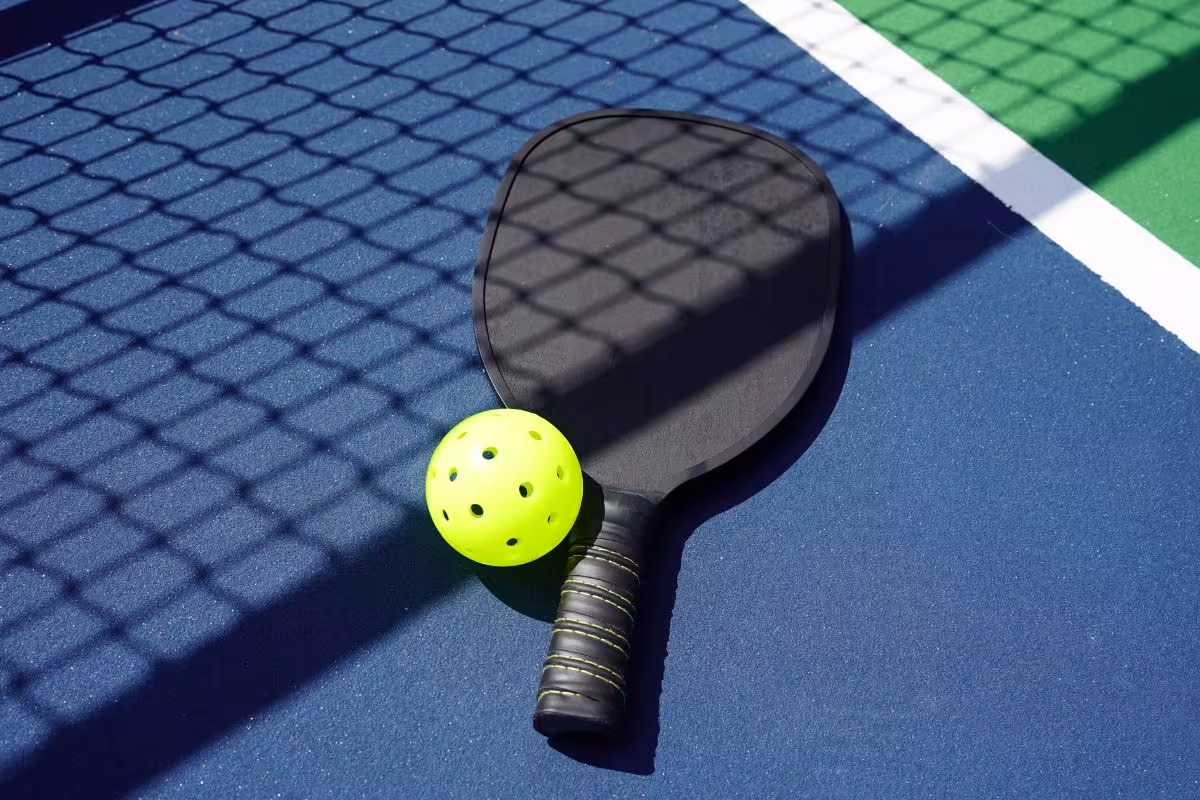Mastering Pickleball Tournament Season: As players gear up for the demanding pickleball tournament season, challenges such as fatigue, inconsistent performance, and injury risks arise. However, with the right pickleball strategies in place, maintaining peak performance is achievable. This guide outlines effective preparation, training, and recovery techniques to help players excel while prioritizing their health.
Preparing for Pickleball Match Play
Understanding Tournament Demands
Many players underestimate the intensity of tournament play, leading to insufficient preparation. It is crucial for athletes to be ready for multi-day tournaments, where they might engage in multiple matches daily.
For instance, participating in singles, doubles, and mixed doubles can result in playing up to five 30-minute matches in a single day—nearly eight hours of high-intensity action.
Building Match Volume
To ensure readiness, players should gradually increase their match play volume in pickleball. They must start by assessing their current weekly match play; for example, if a player is currently playing four hours per week, they should calculate the gap to their tournament volume. Increasing match play by 10-15% each week until reaching the target is advisable.
- Week 1: 276 minutes (+15%)
- Week 2: 317 minutes (+15%)
- Week 3: 365 minutes (+15%)
- Week 4: 420 minutes (+15%)
- Week 5: 460 minutes (+10%)
This incremental approach sets the foundation for successful tournament play.
Elevating Performance Intensity
Preparing for Physical and Mental Challenges in Pickleball
Tournament matches are not just physically taxing but also mentally demanding. To excel, players need to intensify their on-court and off-court training in the lead-up to the season.
On-Court Strategies
- Challenge oneself against higher-ranked opponents to increase training stress.
- Create match scenarios where the player must come back from being down to enhance mental resilience.
Off-Court Conditioning
Incorporating lactic power training about four to six weeks before tournaments can enhance a player’s anaerobic energy production and build tolerance to lactic acid buildup, crucial for intense matches.

Key Elements of Lactic Power Training:
- High Intensity: Aim for 80-95% of maximum heart rate.
- Short Duration: Focus on work intervals of 30 seconds to 2 minutes.
- Recovery Intervals: Rest for 2-4 times the length of work intervals.
- Multiple Sets: Perform repeated high-intensity efforts to improve lactate tolerance.
Players are advised to pause lactic power training seven to ten days before their first tournament to mitigate injury risks.
Structuring the Training Week
Creating an Effective Training Schedule
Many athletes fail to design their training week effectively, leading to fatigue and performance inconsistencies. Key objectives during training weeks should include:
- Recovering from previous events.
- Refining skills and enhancing tactics without excessive fatigue.
- Priming mind and body for upcoming competitions.
Sample Weekly Schedule
- Monday: Active recovery and proper nutrition.
- Tuesday: High-intensity/moderate volume court session + strength training.
- Wednesday: Low intensity/low volume court session.
- Thursday: Stimulating practice to prepare for competition.
- Friday-Sunday: Compete in tournaments with peak performance.
For more guidance, downloading a specialized training calendar can be beneficial.
Optimizing Pre-Tournament Preparation
Avoiding Common Pitfalls
Two prevalent mistakes leading to poor performance before tournaments are overtraining and mismanaged recovery. To combat these issues, players should:
- Shift their mid-week recovery day to Wednesday when tournaments begin on Fridays.
- Engage in a short, intense court session on Thursday to activate the nervous system.
This strategy ensures that players are energized and ready to compete effectively from the start.
Long-Term Tournament Management
Sustaining Performance Over Time
Extended tournament seasons can lead to burnout if athletes neglect the cumulative impact of consecutive competitions. To sustain high performance, players should:
- For the first 1-3 weekends, adhere to their weekly training structure to allow adaptation.
- After a month of competition, consider reducing overall training volume while maintaining high intensity on crucial training days.
By this stage, fitness should be stable, allowing players to focus on skill refinement and recovery. Listening to one’s body is essential; flexibility in training plans is key.
Excelling during tournament season requires a thoughtful approach to training and recovery. By building match volume, intensifying performance, structuring training effectively, and managing long-term strategies, players can set themselves up for success. Balance is critical: train hard but avoid overtraining, recover proactively but maintain sharpness, and always heed the body’s signals.
News in Brief: Mastering Pickleball Tournament Season
As the pickleball tournament season approaches, players are advised to implement strategic training and recovery practices to optimize performance. Key strategies include building match volume, increasing training intensity, and maintaining a structured weekly schedule.
Avoiding common pitfalls like overtraining is essential for peak performance. Athletes are encouraged to listen to their bodies to ensure they remain competitive throughout the season.
ALSO READ: Rhinelander Pickleball Tournament Shows Huge Pickleball Talent


